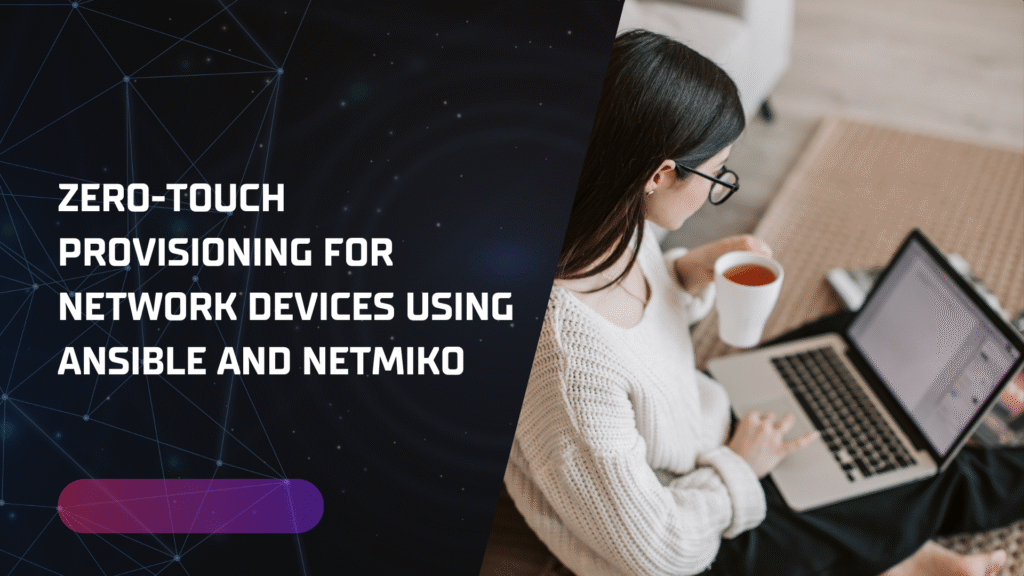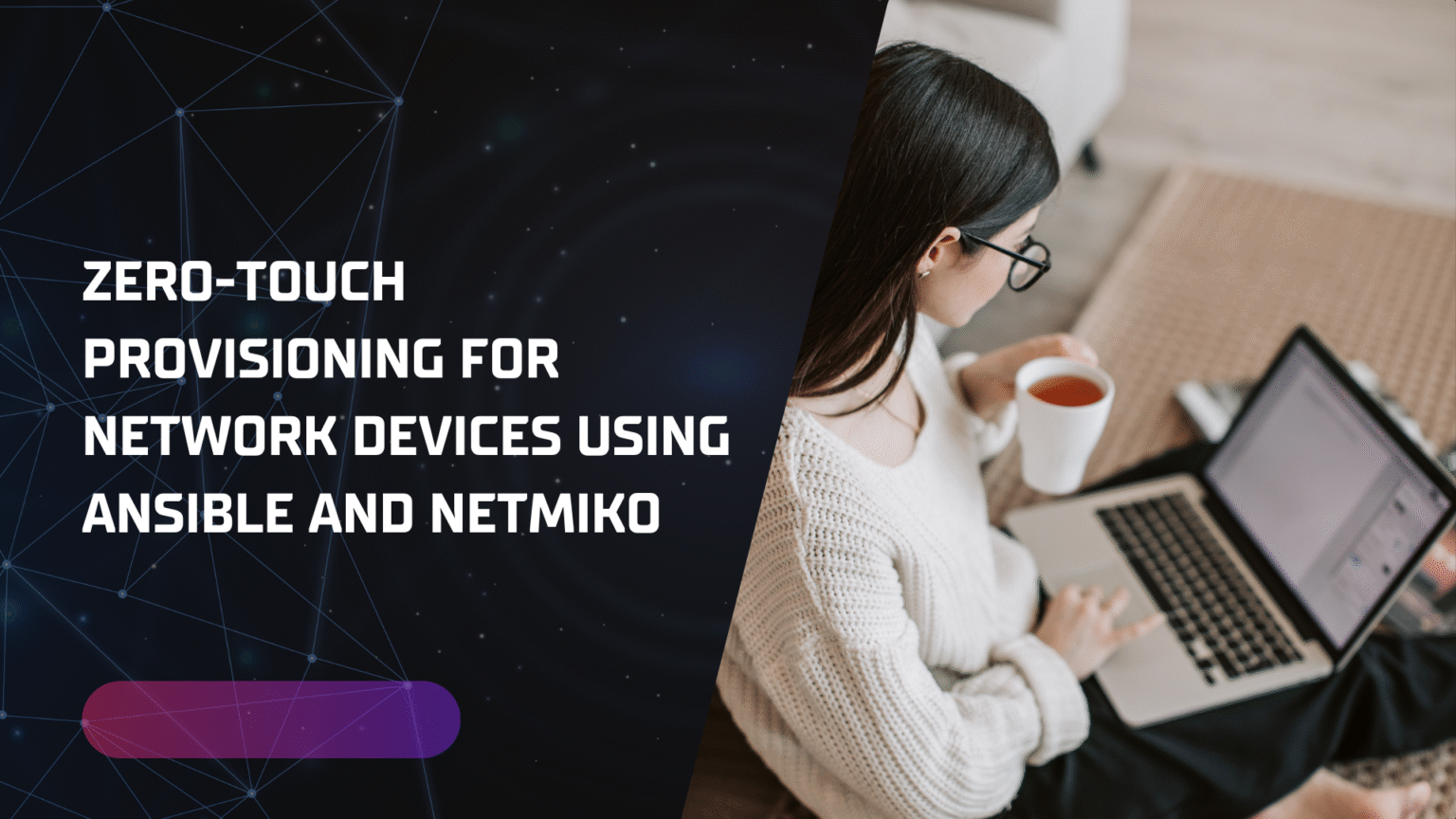
In the modern IT landscape, speed, scalability, and operational efficiency are essential for managing enterprise and service provider networks. Traditional manual provisioning methods—where engineers log into each switch, router, or firewall individually to apply configurations—are slow, error-prone, and difficult to scale. As organizations expand their infrastructure, whether in data centers, branch offices, or at the edge, they require an automated, consistent, and secure method of bringing devices online. Zero-Touch Provisioning (ZTP) delivers exactly that by enabling devices to be provisioned automatically upon connection to the network, without requiring on-site engineers or lengthy manual steps.
Understanding Zero-Touch Provisioning (ZTP) –
Zero-Touch Provisioning is the process of automating the initial configuration of network devices so they are ready for operation immediately after being powered on. When a device boots, it connects to the network, obtains an IP address via DHCP, and is pointed to a configuration file or script hosted on a server. This initial configuration sets basic parameters such as management IP, gateway, credentials, and secure access. The device can then connect to an automation framework for final provisioning. ZTP reduces provisioning time from hours to minutes, ensures uniform configurations across hundreds or thousands of devices, and minimizes the human errors that often occur during manual setup.
Why Use Ansible and Netmiko for ZTP –
While vendors often provide proprietary ZTP solutions, many organizations operate multi-vendor environments with devices that may not support modern APIs or vendor-specific automation platforms. This is where the combination of Ansible and Netmiko excels. Ansible provides orchestration, task automation, and inventory management, allowing you to run repeatable provisioning processes across different device types. Netmiko, a Python library, simplifies SSH communication with network devices, making it easy to push CLI-based configurations even to older models without REST or NETCONF/YANG capabilities. This combination provides the flexibility to support diverse network environments while maintaining a consistent automation approach.
How the ZTP Workflow Operates –
A typical ZTP process begins with the device booting and acquiring an IP address via DHCP. The DHCP server then points the device to a TFTP or HTTP server to download an initial configuration file, which sets up basic parameters such as management IP, gateway, and login credentials. At this stage, Ansible takes over, using Netmiko to establish an SSH connection and push the complete production configuration. This can include VLAN assignments, routing protocols, access control lists, and security settings. Once the configuration is applied, the device is ready for operational use without any manual setup.
Best Practices for Implementation –
To successfully implement ZTP with Ansible and Netmiko, it is important to maintain a version-controlled configuration repository to track changes and ensure consistency. Using templates, such as Jinja2, avoids hardcoding and allows dynamic configuration generation. Security should be a priority—disable unused services, enforce strong authentication, and enable logging in your base configurations. Finally, thorough testing in a lab environment is essential before deploying the solution in production, ensuring that the provisioning process works reliably under different scenarios.
Conclusion –
Zero-Touch Provisioning using Ansible and Netmiko is a highly adaptable, vendor-neutral approach to network automation. It enables faster rollouts, reduces operational costs, and enhances security by ensuring consistent configurations across all devices. As networks become more complex and distributed, the ability to automatically and reliably onboard devices will be critical for maintaining agility and operational excellence. Organizations that adopt ZTP now will be better positioned to meet the demands of digital transformation and scale their networks efficiently.


